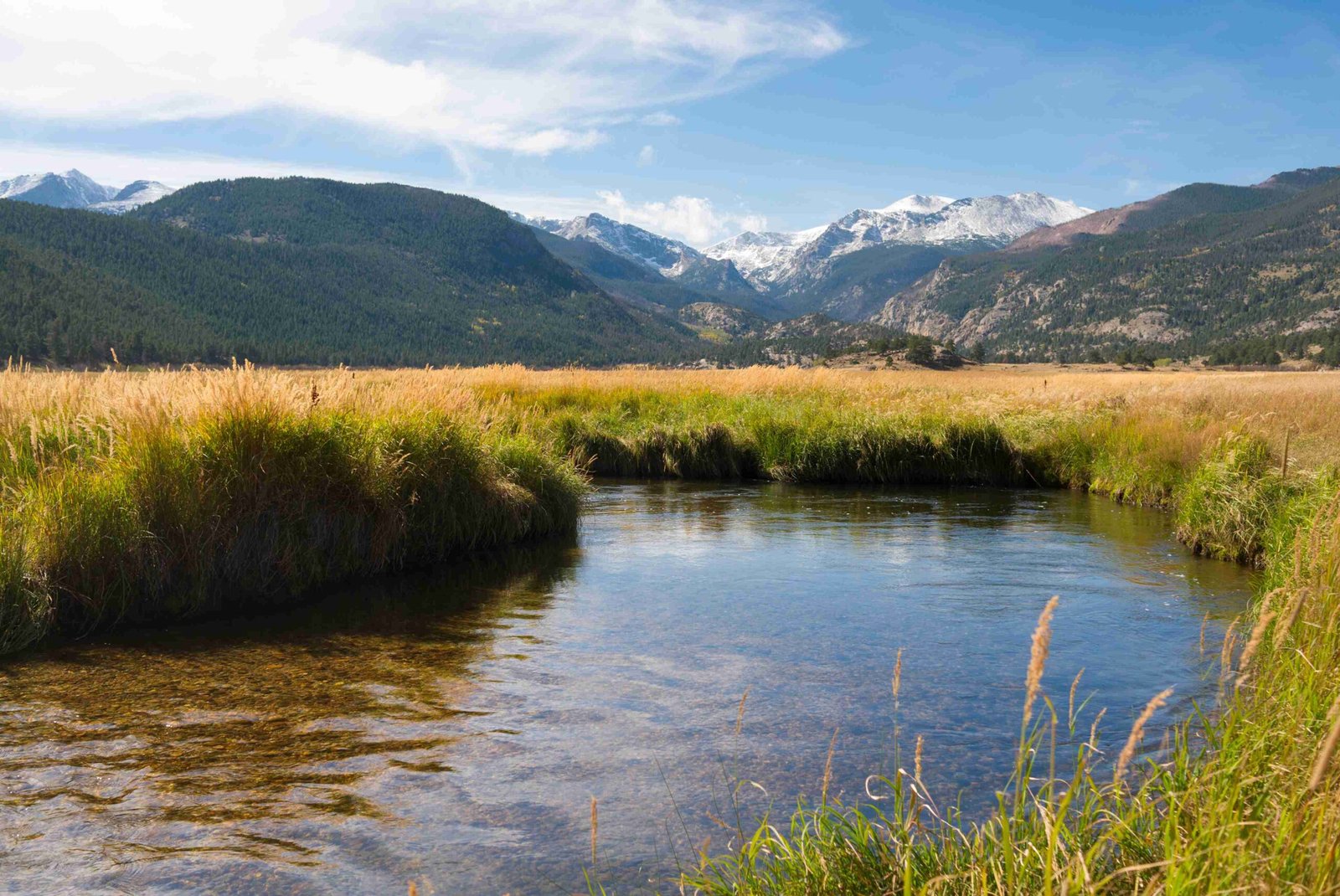The Ledges in Rocky Mountain National Park are a formidable section of the Longs Peak trail, offering breathtaking views and demanding physical challenges. This iconic part of the park requires careful navigation and proper preparation. Hikers encounter narrow paths along cliff edges, marked by yellow circles with red dots on large rocks. The Ledges are part of the 16-mile round-trip hike to Longs Peak summit, involving an elevation gain of 4,850 feet and classified as extremely difficult.
What Are The Ledges in Rocky Mountain National Park?

The Ledges are a crucial section of the Longs Peak trail system in Rocky Mountain National Park. They are not a standalone hiking trail but rather a challenging part of the larger journey to the summit of Longs Peak. This section is known for its:
- Narrow and steep paths along cliff edges
- Class 3 scrambling requiring hands for balance and support
- Exposure to potentially hazardous conditions
- Spectacular views of surrounding mountain ranges
How Difficult Is The Ledges Trail?

The Ledges section, as part of the Longs Peak trail, is considered extremely challenging. Here’s why:
- Technical Difficulty: Requires class 3 scrambling
- Exposure: Narrow ledges with significant drop-offs
- Length: Part of a 16-mile round-trip hike
- Elevation Gain: Contributes to the overall 4,850 feet gain
- Weather Risks: Exposed to sudden weather changes and afternoon thunderstorms
Hikers should be well-prepared, physically fit, and experienced in high-altitude hiking before attempting this trail.
What Is The Best Time To Hike The Ledges?
The best time to hike The Ledges depends on several factors:
| Season | Conditions | Recommendations |
|---|---|---|
| Summer | Most accessible | Start very early to avoid afternoon thunderstorms |
| Fall | Variable weather | Check forecasts and be prepared for sudden changes |
| Winter | Hazardous | Not recommended due to ice, snow, and high winds |
| Spring | Snowmelt | Be cautious of slippery conditions and lingering snow |
Generally, late summer to early fall offers the most stable conditions, but always check current weather forecasts and trail reports before setting out.
What Gear Is Necessary For Hiking The Ledges?
To safely navigate The Ledges, hikers should bring:
- Sturdy hiking boots with good traction
- Layered clothing for changing weather conditions
- Plenty of water and high-energy snacks
- First aid kit
- Headlamp or flashlight
- Map and compass (or GPS device)
- Sun protection (sunscreen, hat, sunglasses)
- Emergency shelter (e.g., space blanket)
During winter or when snow is present, additional gear may be necessary:
- Crampons or microspikes
- Ice axe
- Winter-specific clothing and gear
Are There Wildlife Viewing Opportunities on The Ledges?
While The Ledges themselves are not known for wildlife sightings due to their exposed and high-altitude location, the broader Longs Peak trail offers opportunities to observe various species:
- Elk
- Bighorn sheep
- Marmots
- Pikas
- Various bird species
Wildlife viewing is more likely in the lower sections of the trail and in alpine meadows. Remember to:
- Maintain a safe distance from all wildlife
- Never feed animals
- Follow park regulations for wildlife interaction
What Are The Most Spectacular Views From The Ledges?
The Ledges offer some of the most breathtaking vistas in Rocky Mountain National Park:
- Surrounding Peaks: Views of The Sharkstooth, Taylor Peak, and Powell Peak
- Alpine Valleys: Expansive views of the valleys below
- Longs Peak: Unique perspectives of the mountain you’re climbing
- Continental Divide: On clear days, you can see the spine of the Rockies
- Forest to Alpine Transition: Observe the changing ecosystems as you ascend
These views come with significant exposure, so always prioritize safety while enjoying the scenery.
How Can I Prepare For Hiking The Ledges?
Proper preparation is crucial for a safe and enjoyable experience on The Ledges:
- Physical Conditioning: Train for high-altitude hiking and long distances
- Acclimatization: Spend time at altitude before attempting the hike
- Route Familiarization: Study maps and trail descriptions thoroughly
- Weather Monitoring: Check forecasts and be prepared to turn back if conditions worsen
- Early Start: Begin your hike well before dawn to avoid afternoon storms
- Proper Gear: Ensure you have all necessary equipment and know how to use it
- Hiking Partners: Consider hiking with experienced companions
- Inform Others: Let someone know your hiking plans and expected return time
Remember, there’s no shame in turning back if conditions become unsafe or you feel unprepared. The mountain will always be there for another attempt.
